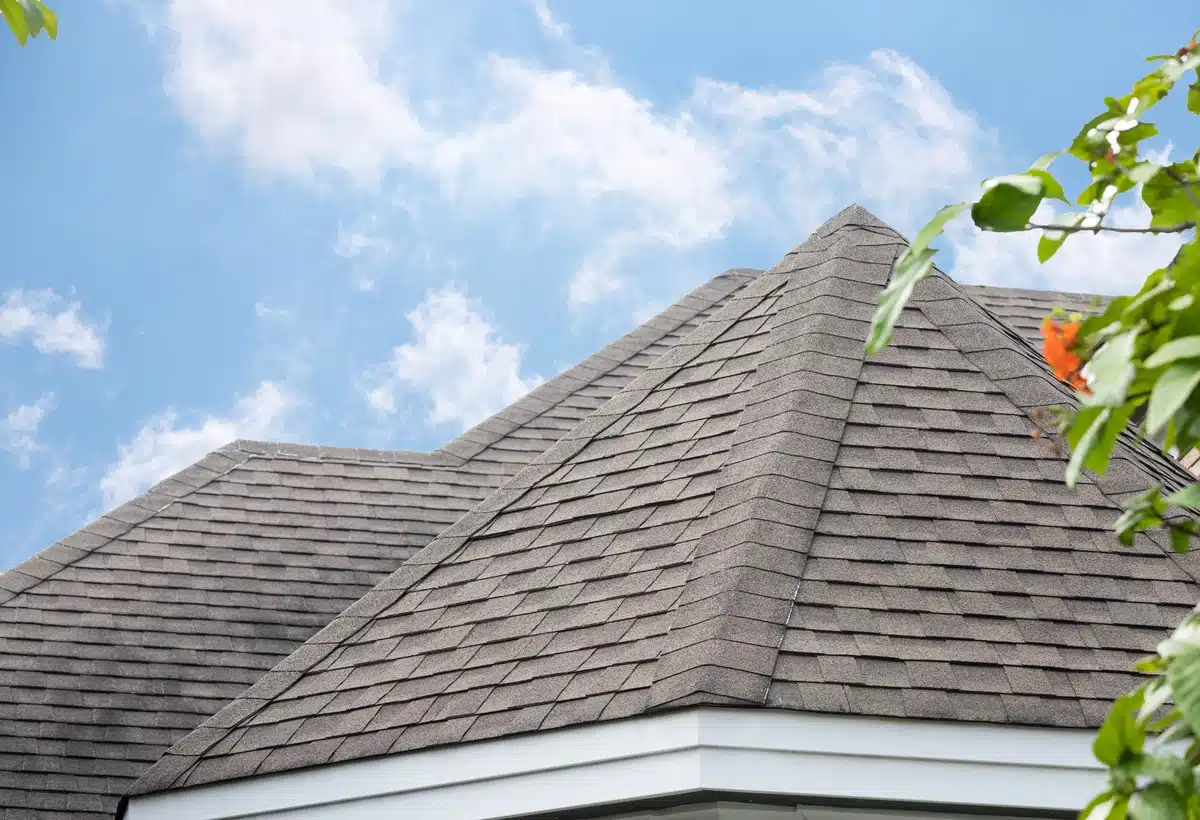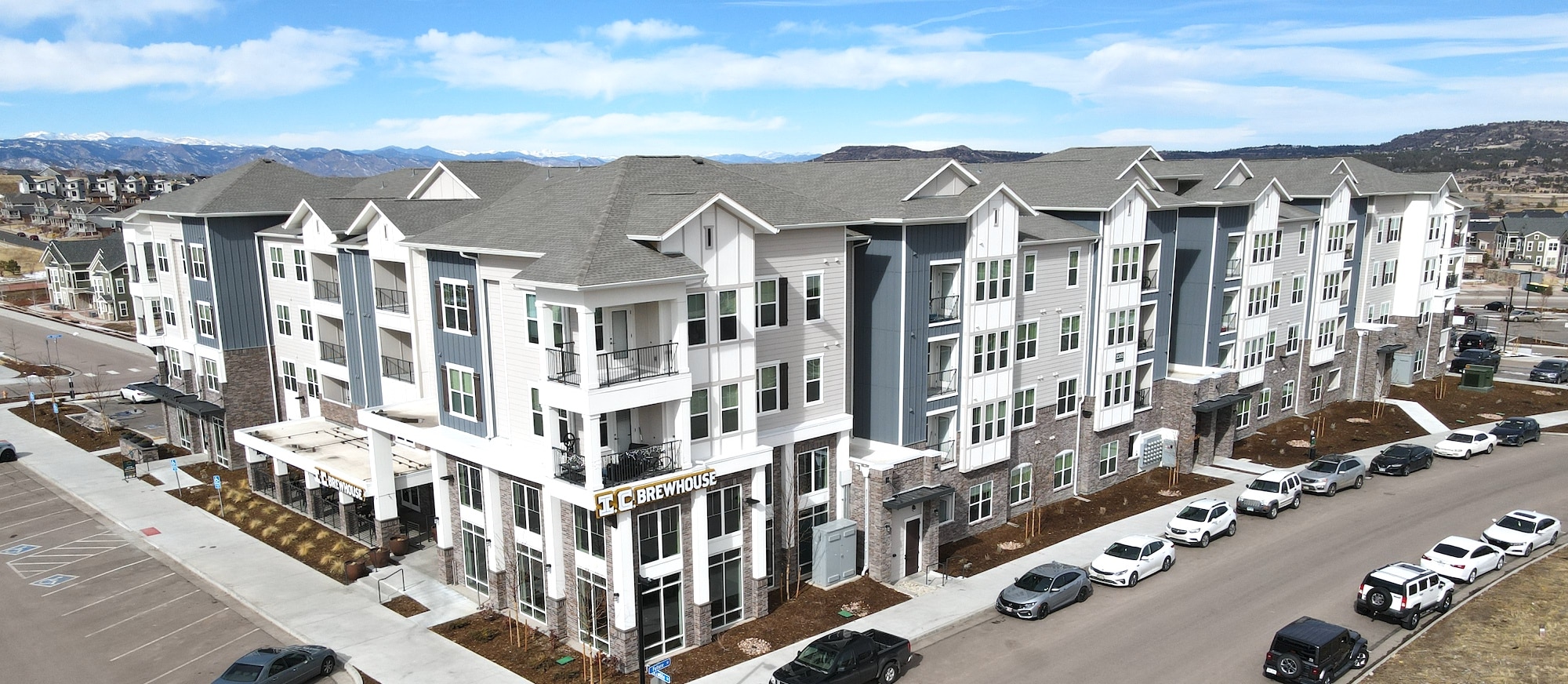Roof Depreciation: Understanding Its Impact and Maintenance Tips
Preserving the integrity of your roof is crucial for maintaining the overall structure of your home. However, over time, roofs inevitably experience wear and tear, leading to roof depreciation. This can have a serious impact on your home, including:
- Decreased home value
- Diminishing insurance coverage
- Poor functionality

Understanding roof depreciation, its effect on home value, and implementing proper maintenance strategies are essential for homeowners. Additionally, knowing how to measure a roof is a key part of maintaining and assessing its condition.
In this post, we’ll be breaking down everything you need to know about roof depreciation, including tips on how to measure a roof and what it means for your insurance coverage.

Table of Contents
What is Roof Depreciation?
Roof depreciation refers to the gradual reduction in the value and functionality of a roof due to factors such as age, weather conditions, and poor maintenance. As a roof ages, it becomes more susceptible to damage and requires ongoing care to maintain its optimal performance.
Knowing how to measure a roof can be an essential step in determining its current state and calculating its remaining value. Much like a car, a roof starts losing its value as soon as you purchase it. However, there are ways to help mitigate the effects of this depreciation.
The Impact of Roof Depreciation on Home Value
The condition of the roof plays a significant role in determining a home’s value. A well-maintained, structurally sound roof enhances a property’s appeal and can increase its market value. Conversely, a deteriorating or damaged roof can significantly decrease the value and marketability of a home. Here’s how understanding how to measure a roof can help evaluate its value:
- Curb Appeal: A well-maintained roof improves the overall appearance of a home, making it more attractive to buyers. Using how to measure a roof techniques ensures accuracy when evaluating its aesthetic condition.
- Structural Integrity: Deterioration compromises the structural integrity of a house. Water leaks and moisture infiltration from a damaged roof lead to costly repairs, which can be avoided by learning how to measure a roof for early damage detection.
- Energy Efficiency: An aging roof may allow heat to escape during winter or seep in during summer. Proper assessment techniques, like knowing how to measure a roof, help identify insulation issues.
Roof Depreciation’s Impact on Insurance
Roof depreciation not only affects home value but also plays a significant role in determining insurance coverage and premiums. Insurance companies consider a roof’s condition and age when assessing risks. Here’s why knowing how to measure a roof matters for your insurance:
- Coverage Limitations: Many insurance policies cover the actual cash value (ACV) of the roof rather than the full replacement cost. Calculating ACV often involves understanding how to measure a roof to account for depreciation accurately.
- Higher Deductibles: Roofs with significant depreciation may lead to higher deductibles. Accurate measurements ensure transparency when filing claims.
- Premium Increases: Properly measuring and maintaining a roof can help avoid premium hikes that result from perceived higher risks associated with older or poorly maintained roofs.
- Inspection Requirements: Insurance providers often require documentation of a roof’s condition. Knowing how to measure a roof ensures you can provide accurate and detailed information.

4 Ways to Maintain Your Roof
Proactive maintenance is essential to counteract roof depreciation. Here’s how:
1. Regular Inspections
Regular inspections are crucial for identifying damage early. Understanding how to measure a roof helps you pinpoint areas of concern like cracked shingles or sagging sections.
2. Routine Cleaning
Clean your roof and gutters regularly. Accumulated debris can accelerate roof depreciation. When cleaning, ensure you know how to measure a roof to calculate the affected area and address it thoroughly.
3. Trim Overhanging Trees
Overhanging branches can scrape the roof and contribute to wear and tear. Accurate knowledge of how to measure a roof can also help estimate the distance needed between trees and your roof for safety.
4. Prompt Repairs
Delaying repairs accelerates roof depreciation. Use techniques from how to measure a roof to assess damage and communicate effectively with contractors.
Why Knowing How to Measure a Roof Matters
Understanding how to measure a roof is critical for:
- Accurate Assessments: Measure the total surface area and slope of your roof to gauge wear and depreciation.
- Efficient Repairs: Accurately sized repair estimates depend on knowing how to measure a roof.
- Insurance Claims: Proper measurements ensure fair claim settlements based on your roof’s condition.

Conclusion
Roof depreciation is an inevitable process, but with proactive maintenance and an understanding of how to measure a roof, homeowners can mitigate its effects. By maintaining a well-kept roof, you can preserve home value, ensure adequate insurance coverage, and avoid costly repairs.
For expert help, reach out to a trusted roofing contractor who can guide you on how to measure a roof, perform inspections, and provide tailored solutions to keep your roof in top shape.
Get Help From a Roofing Contractor
Whether you are looking to get your roof replaced or are just looking to understand the value of your existing roof, Tectum Roofing can help!
As your local team of qualified roofers, we understand the housing market and can help get your roof back in tip-top shape!
Contact us today to learn more!



